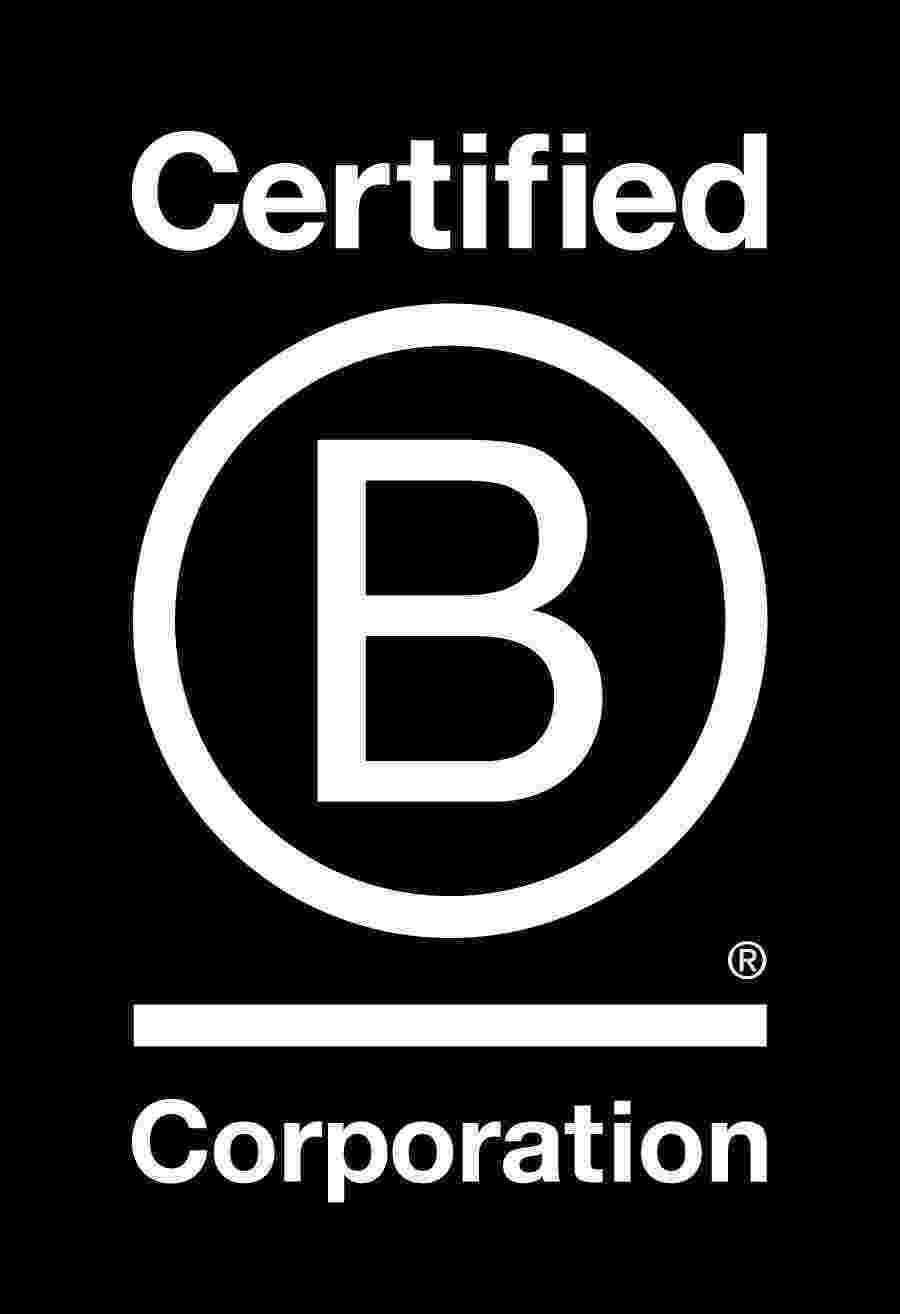Simplify Digital Marketing With These 4 Steps
Digital Marketing is really complicated.
Or so we would like to make people believe.
We use hundreds of acronyms (CPM, SEO, SEM, PPC, CTR, CVR, etc.), rely on algorithms, machine learning, ad-tech, mar-tech and produce reams of reports and data. But really, its not exactly rocket science! It’s still just about putting a message in front of someone that might be interested in what your saying. In 2019 there are thousands of channels, and hundreds of creative types but for me that’s just noise, not the heart of the solution.
It’s no wonder as a marketer, that working out if you are doing a good job is difficult. Which is why non-digital natives (like me – I was born in the ‘70s) have a massive advantage over the digital natives that populate many digital marketing roles across the world. An old boss of mine once told me that “…technology changes but human behaviour remains the same”. She was at the time referring to why the event industry would not die at the hands of the internet – which was a very real concern in the late 90s. This statement for me rings very true in the way we approach digital marketing and media. It is sometimes difficult to forget that (hopefully) at the end of every click, impression, video engagement, website visit and purchase is a human. A bona fide human, with hopes, dreams and desires. So, if we don’t focus on the human, we end up thinking too much about metrics that don’t really matter.
Which is why digital marketing is just “marketing” but with a different dictionary. I get that I’m not the first person to suggest we ditch the “digital” however I think it’s important to remind agencies and clients alike not to get caught up in the detail, instead to ensure that the basics of marketing are being adhered to, not over complicate something that doesn’t really need to be complicated. When you strip everything back to basics, there are only four levers that a digital marketer can pull;
Who you are targeting your audience
Where you place your messages your channels
What your message says your creative
Where you land people your site experience
If you can get real top-level clarity on the above, develop clear KPIs and a testing framework, then you are on the road to a sustainable growth framework. And move away from focusing on BAU Vs Campaigns which just deliver two streams of work, where a consumer can see only one.
How this works for your company will be down to personal preference and the resources available but here’s a framework that works well…
1. Who is your audience(s)This is the single most important part of this approach. If you get this wrong, then there is a potential to waste a considerable amount of spend targeting the wrong people. This isn’t about who you’d like to be attracting, but who you do attract. The best way to do this, is to review who is buying product now. This can be achieved through your CRM, through a Facebook pixel on your site or through research. Once you have your target audience, it is then simple to broaden and narrow down targeting and review results. It is also vital in the development of a creative approach, your search ad copy, and social/site imagery that you know exactly who you need to resonate with. If you have multiple target audiences, then it’s just a case of rinse and repeat. No point putting a picture of a young couple in your ad if your audience are middle aged parents! The importance of this work is to ensure that all stakeholders are working to the same audience targeting approach, and that it is simple to run and report on audience tests as part of the growth framework.
2. What channels do we use?Digital advertising, at its core is, about trying to find the right people in the right environment at the right time to influence an action. To achieve this, we need to ensure our target market uses the channels we choose at scale. To really pull together a well thought through channel plan, you need to take your business objectives, elements across the four Ps (especially price and promotion) and then overlay with what you know about your target audience. We use a construct that allows us to clarify what we want our consumers to do as a result of our advertising activityThen it’s time to do some research; use Google tools to determine the volume of searches for the products and services you offer and use Facebook tools to discover how many people are interested in the ‘themes’ that surround your brand and products/services. Once you have an initial plan, its then about monitoring performance and making changes and testing continually. There is nothing “set and forget” about digital media!
3. The Creative Message If you ask a digital media specialist what the single most important element of a digital media campaign is, I can ensure that 99 out of 100 would tell you the creative. And it’s the easiest to get right if you know your audience; make sure it is relevant. And make sure you get your point across succinctly. Creative testing is important, but the key is to really get to the heart of what your customer needs and how you fulfil that need.
4. The Landing Experience.Where you land people is simply an extension of your media activity. You need to land people on a page that continues the journey that was started by the media message. Again, think about what action (engagement, purchase, lead capture) you want a user to undertake, and then optimise that landing page for that action. And test it with colleagues – send them the page and ask them what they think they should be doing on that page. If it matches with your intent, then all good. If it doesn’t then time to tweak!
Once you get this right, then we can start looking at more advanced areas…


